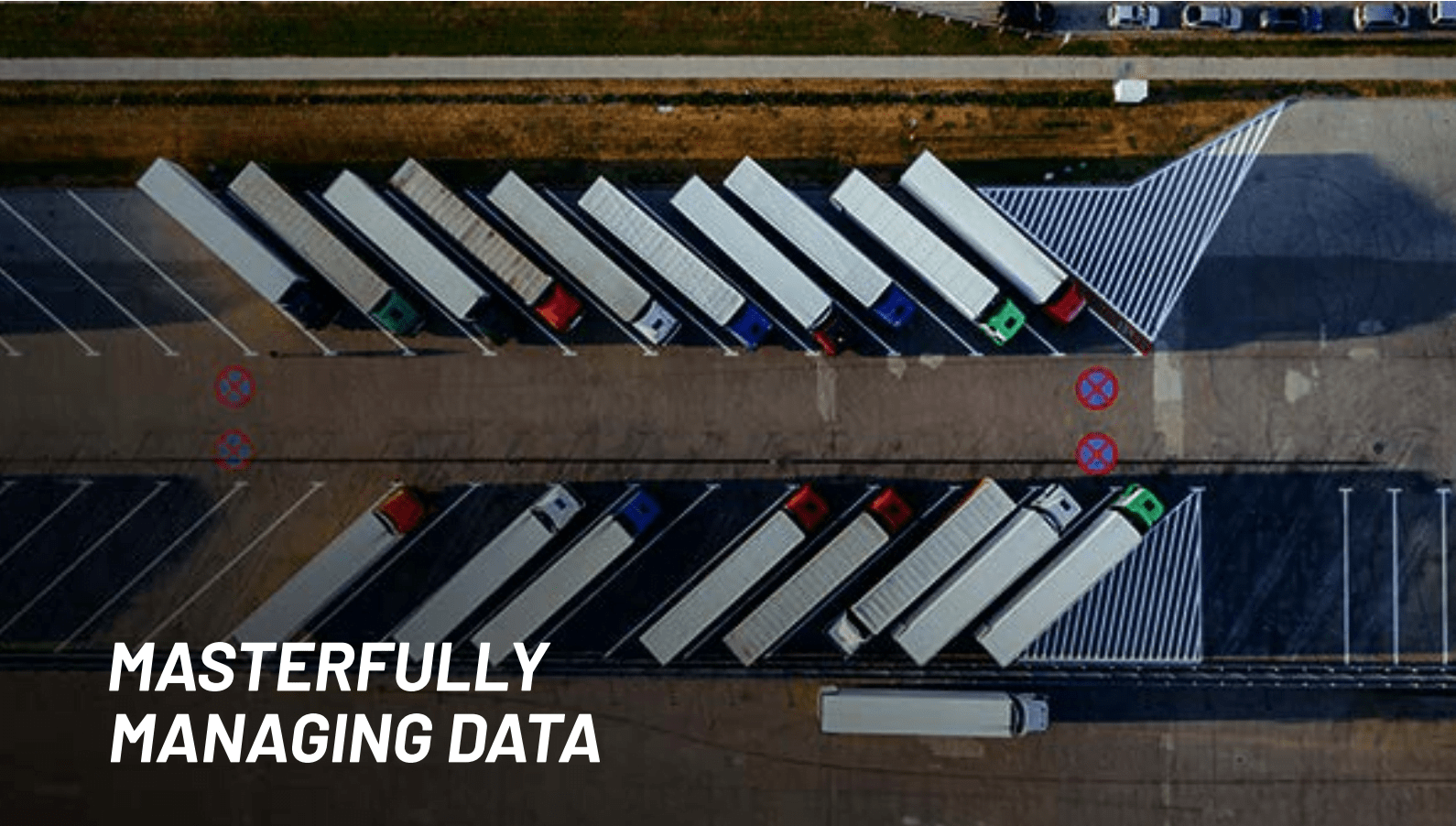November 24, 2022

The company runs a large online auction platform and shopping website which connects buyers and sellers in over 190 countries. Their website has millions of sellers with 1.9 billion global listings and over 132 million active buyers.
THE CHALLENGE
In order to increase the volume of customer traffic and sales on their platform, the company provides incentives to both, sellers and buyers, in the form of different market promotions. On an average, the company runs approximately 150 promotions a year, which target more than 1 million of their active sellers. These promotions are intended to significantly contribute to the overall Gross Merchandise Volume (GMV), which is the total value of all paid transactions between users on the marketplace platforms during the applicable period, inclusive of shipping fees and taxes. However, these existing promotions were not proving to be as effective as desired, both for the company and their targeted active sellers.
The company also provided sellers with various direct promotions such as discounts on fees and items sold etc, but the number of sellers that made use of these was limited.
Also, the marketplace platform provided sellers with various promotions which were to be passed on their buyers, such as user coupons and rewards. Sellers had the feature of sending sales and marketing emails to potential buyers with details on these promotions. However, the number of sellers who utilized this e-mail marketing channel to reach out to prospective customers was very low. Thus, the total number of customers who got to know about these offers through targeted emails, was minimal.
The company needed to address these challenges by identifying which of the active sellers on their marketplace would be best suited for future targeted promotions. By rethinking their strategy on planned promotions and selecting the right set of sellers, the company looked to improve its GMV, net revenue and the overall Return on Investment (RoI).
THE SOLUTION
The team of business analysts and data scientists from Prescience Decision Solutions, a Movate company selected a set of sellers from the complete list of active sellers on the marketplace platform. These selected sellers were classified into different segments based on their listings, GMV contribution, average selling price of items, quantity of items sold and their behaviour before and during the period when promotions were run.
The company’s Pricing and Monetization team then designed multiple promotions for different product categories after taking into consideration the recommendations from their business users. These promotions were created with various objectives including improving overall sales, increasing the count of new listings, acquiring new customers, or reactivating past customers etc. Based on historical data from previous promotions, the behaviour of each seller was forecast, including their number of listings and total sales.
Depending on the objective of each promotion and the set of corresponding inputs from the business teams, the group of sellers was split into Test and Control groups. For the sellers in the Test Group, no pricing promotions were provided. For the sellers in the Control Group, the Pricing and Monetization team rolled out the selected promotions. At the end of each promotion, A/B testing was performed to measure the effectiveness of each promotion. This was done by measuring various Key Performance Indicators (KPIs) on the supply and demand metrics. Some of the top supply metrics included live listings and new listings. Some of the top demand metrics included GMV, sold items, average selling price etc.
By comparing these supply and demand KPIs for the Control group and the Test group, the team was able to analyze the effectiveness of each promotion and the corresponding response of different sellers. In addition to this, the client understood how different sellers waited to take advantage of the frequent company promotions.
THE IMPACT
The company was able to significantly reduce their costs, while also improving their RoI on sales and marketing expenses and operating expenses, by excluding all the sellers who would list items on their website, irrespective of whether they received a promotion from the company. After learning about how some sellers listed more items only when promotions were offered, the company adapted its promotion strategy toward them. This directly led to an increase in the sales revenues of these sellers when no promotion or incentives were provided.













































